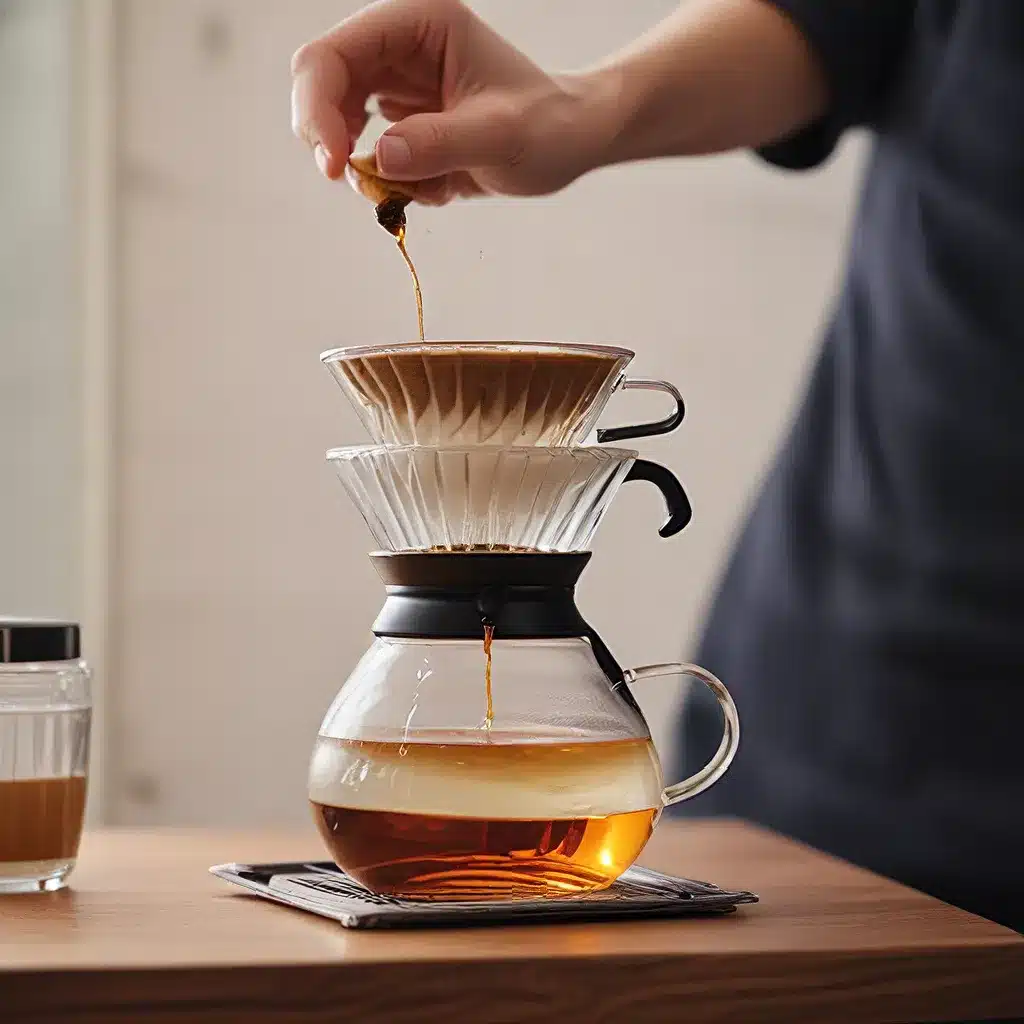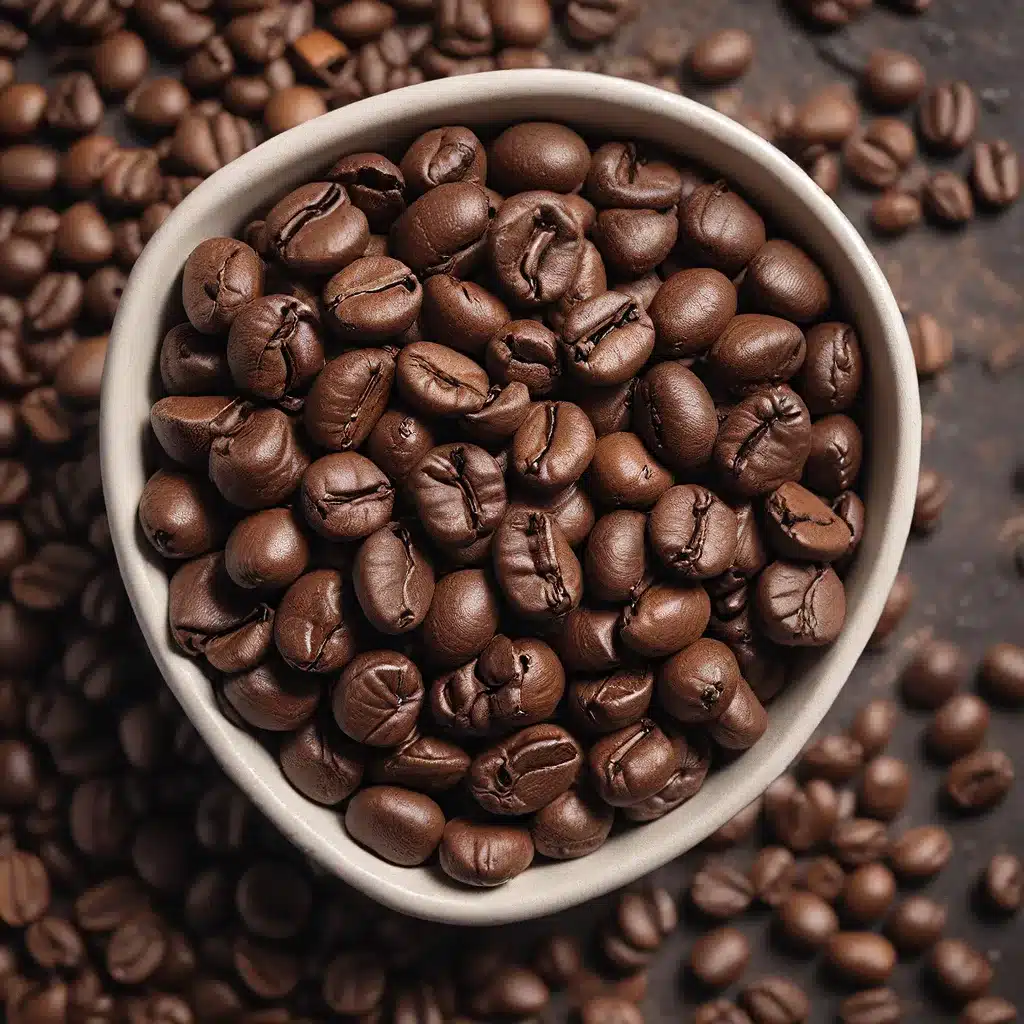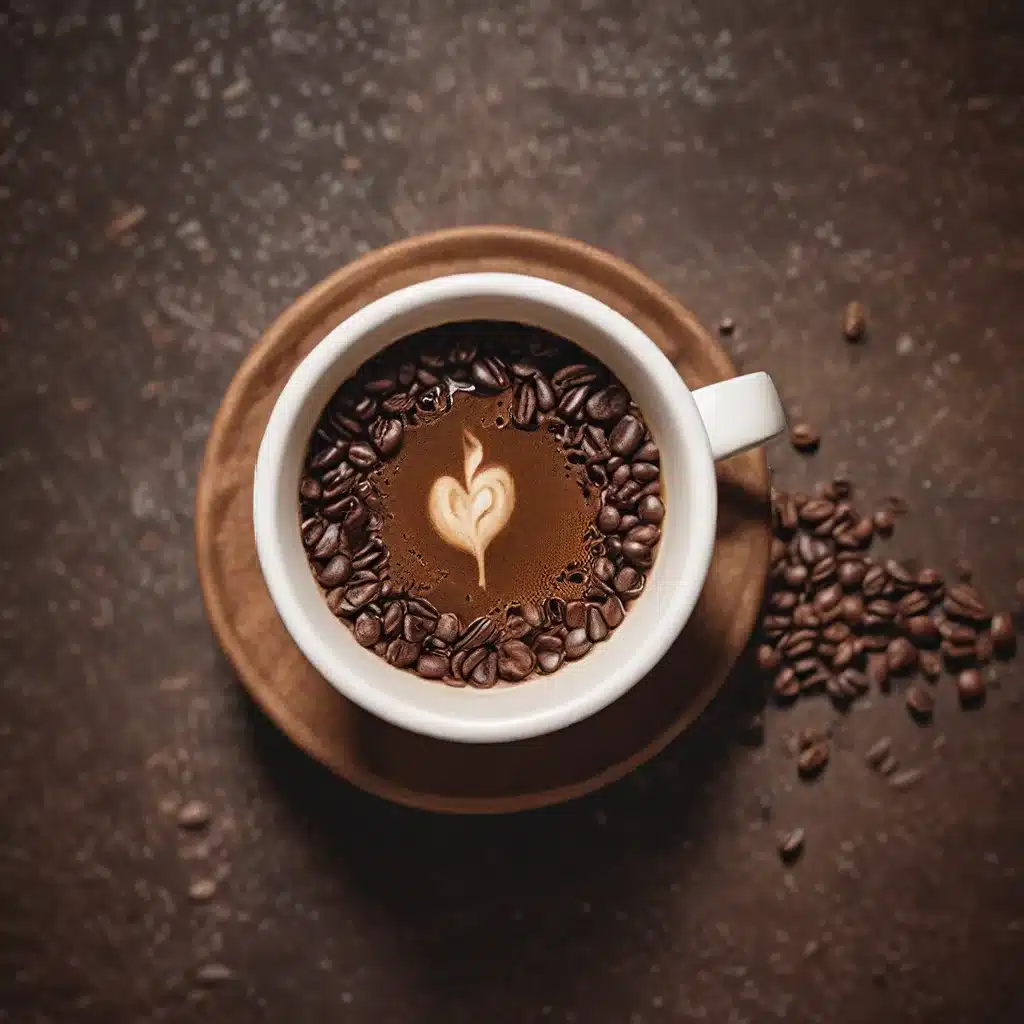
Ah, the Kalita Wave – a pour-over coffee maker that has captured the hearts and taste buds of coffee enthusiasts worldwide. As a self-proclaimed pour-over aficionado, I’ve had my fair share of triumphs and tribulations when it comes to perfecting the art of the Kalita Wave. But let me tell you, the journey has been nothing short of captivating.
The Precision Challenge
When I first started using the Kalita Wave, I was immediately struck by the level of precision required. It’s like a dance, where every step – from the grind size to the water temperature and pour technique – must be executed with the utmost care and attention. And let me tell you, I was not always the graceful ballerina I am today.
As I discovered on the Reddit r/Coffee forum, I was not alone in my struggles. Many coffee enthusiasts shared my frustrations, lamenting the fine line between a perfectly extracted cup and one that’s either watery and under-extracted or bitterly over-extracted. It’s a delicate balance that can seemingly shift with the slightest adjustment to your grind size or brewing parameters.
Chasing the Elusive Balance
I remember the countless times I would stand over my Kalita Wave, meticulously adjusting the grind size, trying to find that sweet spot where the coffee was neither too weak nor too strong. It was like trying to hit a moving target, with each tweak of the grinder seeming to push the flavor profile in the opposite direction.
As the experts at Bones Coffee Company noted, the Kalita Wave’s unique flat-bottomed design and wave-shaped filters can introduce additional variables that can make achieving that perfect balance a true challenge. But I was determined to conquer this brewing method, no matter how many cups of mediocre coffee I had to sacrifice along the way.
The Breakthrough Moment
It wasn’t until I stumbled upon an insightful article on LinkedIn that things started to click. The author’s approach to the Kalita Wave, with its emphasis on understanding the fundamentals of extraction and the importance of precise measurement, was a revelation. Suddenly, the pieces of the puzzle began to fall into place.
I started experimenting with different grind sizes, paying close attention to the flow rate and the resulting flavor profile. I dialed in my water temperature, ensuring it was within the optimal range for maximum extraction. And most importantly, I learned to trust my senses, relying on the aroma, color, and mouthfeel of the coffee to guide me towards that elusive balanced cup.
Mastering the Ritual
As I continued to refine my Kalita Wave technique, I began to appreciate the ritual of the pour-over process. It’s not just about the end result; it’s the journey itself that captivates me. The methodical pouring, the gentle swirling of the water, and the mesmerizing dance of the coffee grounds as they bloom – it’s all part of the experience.
And when I finally achieve that perfectly balanced cup, it’s like a symphony of flavors that dance across my palate. The bright, fruity notes of an African light roast perfectly complemented by a velvety, smooth mouthfeel – it’s a moment of pure bliss that makes every painstaking adjustment worthwhile.
The Joy of Experimentation
But the journey with the Kalita Wave doesn’t end there. I’m constantly exploring new ways to push the boundaries of what this precision pour-over can do. Maybe I’ll try a different grind profile, or experiment with alternative water temperatures and pour patterns. The possibilities are endless, and the thrill of discovery keeps me coming back, cup after delicious cup.
And you know what? I wouldn’t have it any other way. The Kalita Wave has become more than just a coffee maker to me; it’s a canvas for my creativity, a vehicle for my coffee exploration, and a constant source of fascination and delight. So, if you’re willing to put in the time and effort, I can assure you that mastering the art of the Kalita Wave will be a journey well worth taking.















